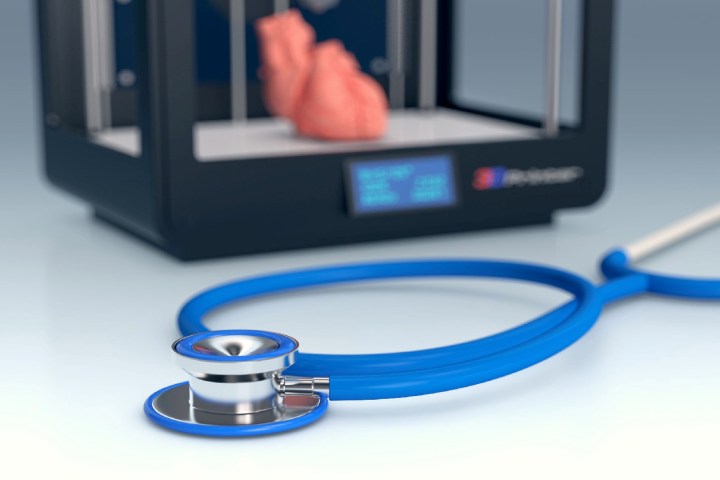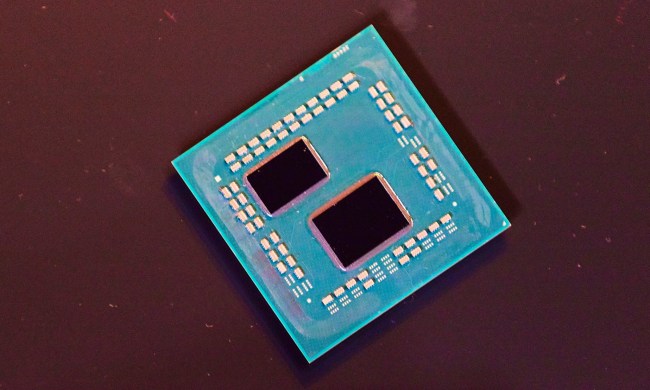
Creating an artificial one is also the ambition of a team of researchers at New York’s Binghampton University.
Student biomedical engineers Thomas Hays, Kyle Reeser, and Sebastian Freeman have been working on a process they hope will let them 3D bioprint an artificial pancreas using stem cells, in a project which has the potential to greatly improve life for people suffering from type 1 diabetes.
The process they’re using involves taking “autologous” stem cells, differentiating them into pancreatic cells, then layering them in such a way that allows them to construct 3D pancreatic tissues for implantation back into a patient’s body. The stem cells must belong to the patient in question because doing so lessens the risk that their body will reject the organ transplant.
“It is essentially a layer-by-layer technique where they overlap different 2D layers of material until you have a 3D product,” Thomas Hays told the website Pipe Dream. “[We] took that technology and applied bio-printing to the title. You take different materials, different cells, and create an organ in that sense … You have to have vasculature in there, too. It’s hard to nail down just a few things to put in [the printer], but it is a lot of cells and growth factors.”
The research is ongoing, and Hays suggests that it will take at least another decade before 3D-bioprinted organs are able to be transplanted, following the necessary R&D and clinical testing phases.
However, it’s yet another example of some of the pioneering work that’s being done in this area, alongside innovations like 3D-printed skin and 3D-printed human cartilage. And when it’s completed, it could be a major boon for those suffering from diabetes, which is sometimes treated using pancreas transplants.
In the meantime, we’ll add Binghampton University to our list of innovative bioprinting institutions to keep an eye on!


